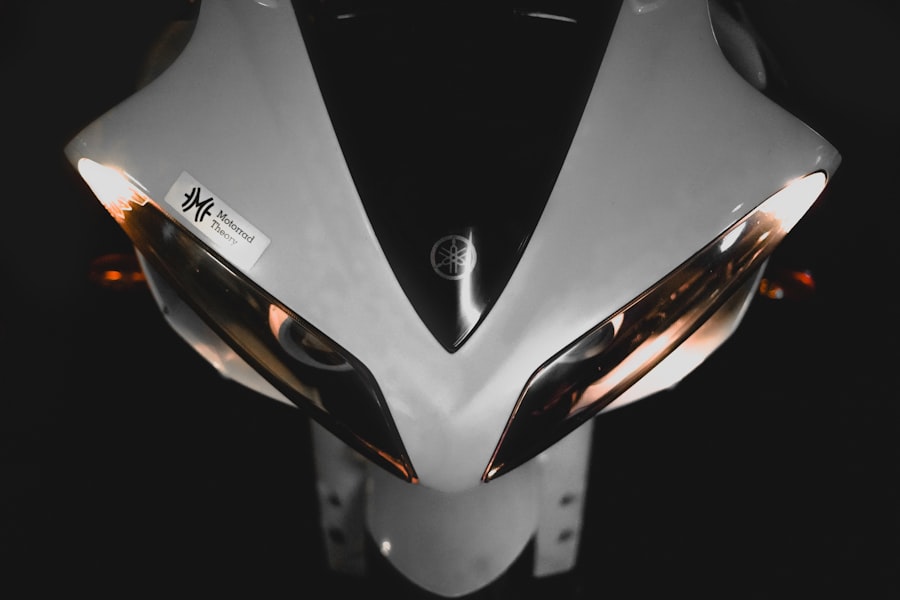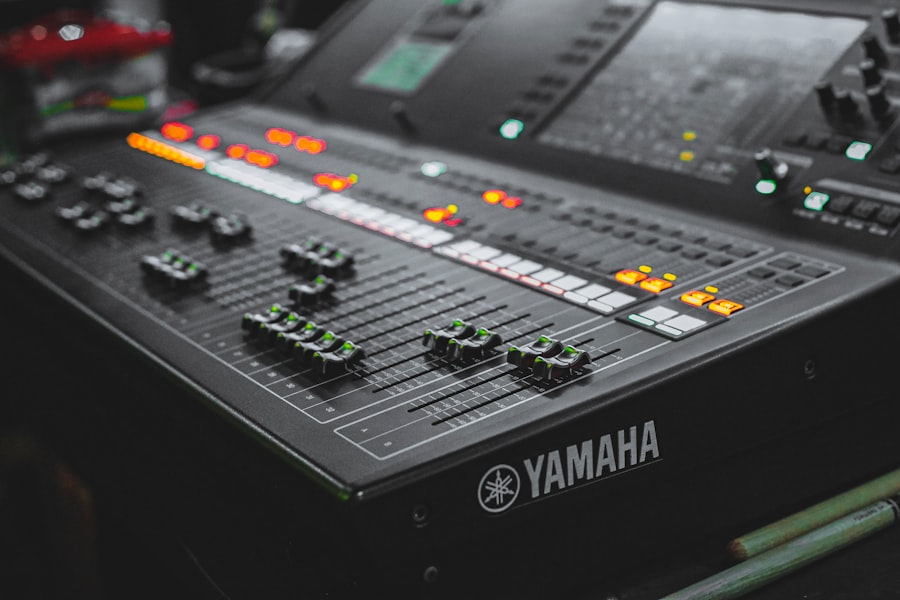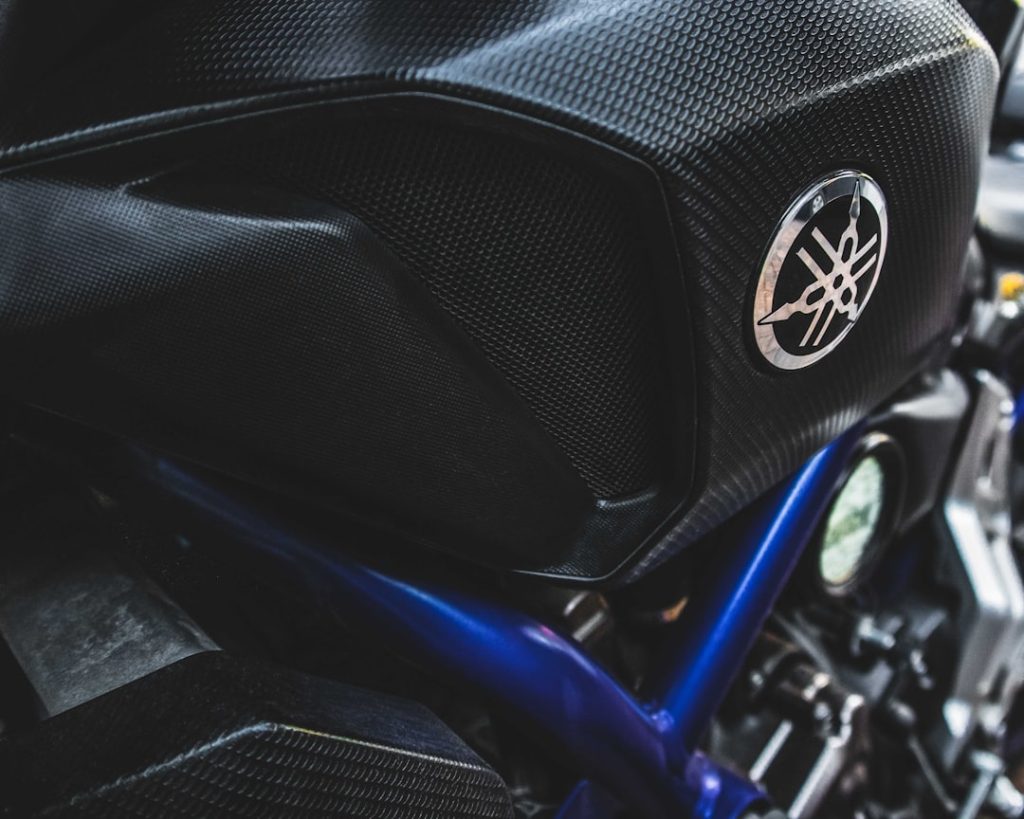Yamaha outboard motors have established themselves as a cornerstone in the marine industry, renowned for their reliability, performance, and innovative technology. These motors are designed to provide power and efficiency for a wide range of boating activities, from leisurely fishing trips to high-speed water sports. Yamaha’s commitment to engineering excellence is evident in their diverse lineup, which includes two-stroke and four-stroke engines, catering to various preferences and requirements.
The four-stroke models, in particular, have gained popularity due to their fuel efficiency and lower emissions, aligning with modern environmental standards. The technology behind Yamaha outboard motors is a blend of advanced engineering and user-friendly features. Many models incorporate the latest in digital control systems, allowing for precise throttle response and improved fuel management.
Additionally, Yamaha has integrated features such as the Shift Dampener System (SDS), which minimizes noise and vibration during operation, enhancing the overall boating experience. Understanding these features is crucial for boaters who wish to maximize the performance and longevity of their outboard motors. The combination of robust construction and cutting-edge technology makes Yamaha a preferred choice among both recreational and professional boaters.
Key Takeaways
- Yamaha outboard motors require regular maintenance to ensure optimal performance and longevity.
- Upgrading and tuning can significantly enhance the power and efficiency of your Yamaha outboard motor.
- Proper fuel management and optimization techniques help improve fuel efficiency and reduce costs.
- Selecting the right Yamaha outboard motor depends on your boat type and intended use for best results.
- Familiarity with common troubleshooting methods can quickly resolve issues and keep your motor running smoothly.
Maintenance Tips for Yamaha Outboard Motors
Proper maintenance is essential for ensuring the longevity and optimal performance of Yamaha outboard motors. Regular inspections should be part of any boat owner’s routine, focusing on key components such as the fuel system, electrical connections, and cooling system. One of the most critical aspects of maintenance is changing the engine oil and filter at recommended intervals.
Yamaha typically suggests oil changes every 100 hours of operation or at least once a year, whichever comes first. Using the manufacturer-recommended oil type is vital, as it ensures that the engine runs smoothly and efficiently. In addition to oil changes, boat owners should pay attention to the fuel system.
Stale fuel can lead to engine problems, so it’s advisable to use fresh fuel and add a fuel stabilizer if the boat will be stored for an extended period. Regularly checking the fuel filter for clogs and replacing it as needed can prevent fuel delivery issues that might affect engine performance. Furthermore, inspecting the propeller for damage or debris is crucial; a damaged propeller can lead to decreased efficiency and increased fuel consumption.
By adhering to these maintenance practices, boaters can significantly extend the life of their Yamaha outboard motors.
Upgrading and Tuning Yamaha Outboard Motors

Upgrading and tuning Yamaha outboard motors can significantly enhance their performance, making them more responsive and powerful on the water. One common upgrade involves installing a high-performance propeller that matches the specific needs of the boat and its intended use. A well-chosen propeller can improve acceleration, top speed, and fuel efficiency by optimizing the motor’s thrust characteristics.
For instance, switching from a standard propeller to a stainless-steel model can provide better durability and performance under various conditions. Tuning options also include adjusting the engine’s timing and fuel delivery settings. Many Yamaha outboard motors come equipped with electronic fuel injection (EFI), which allows for precise control over fuel delivery based on engine demands.
However, for those looking to push their motors further, aftermarket tuning kits are available that can modify these parameters for increased horsepower and torque. It’s essential to approach tuning with caution; improper adjustments can lead to engine damage or reduced reliability. Consulting with a professional or utilizing Yamaha’s own tuning resources can help ensure that any modifications are beneficial rather than detrimental.
Optimizing Fuel Efficiency with Yamaha Outboard Motors
| Metric | Value | Unit | Notes |
|---|---|---|---|
| Optimal RPM Range | 3000 – 4000 | RPM | Maintains best fuel efficiency for most Yamaha outboards |
| Fuel Consumption at Cruise | 3.5 – 5.0 | Gallons per hour | Depends on engine size and load |
| Fuel Efficiency Improvement with Trim Adjustment | Up to 10% | Percentage | Proper trim reduces drag and improves fuel economy |
| Recommended Propeller Pitch | Varies by model | Inches | Choosing correct pitch optimizes fuel use and performance |
| Fuel Type | Unleaded Gasoline | Octane 87+ | Recommended for most Yamaha 4-stroke outboards |
| Engine Break-in Period Fuel Efficiency | 10-15% lower | Percentage | Efficiency improves after initial 20 hours of operation |
| Weight Reduction Impact | 5-7% | Fuel savings | Reducing boat weight improves fuel efficiency |
Fuel efficiency is a critical consideration for boaters who want to maximize their time on the water while minimizing costs. Yamaha outboard motors are designed with several features aimed at improving fuel economy, but there are additional strategies that boaters can employ to optimize their engines further. One effective method is to maintain a steady cruising speed rather than frequently accelerating and decelerating.
Most outboards have an optimal RPM range where they operate most efficiently; staying within this range can lead to significant fuel savings. Another factor influencing fuel efficiency is the weight distribution on the boat. Ensuring that weight is evenly distributed can reduce drag and improve overall performance.
Additionally, keeping the hull clean and free from barnacles or algae can enhance hydrodynamics, allowing the motor to operate more efficiently. Regularly checking tire pressure on trailers and ensuring proper maintenance of all components also contribute to better fuel economy. By implementing these practices alongside Yamaha’s built-in efficiency features, boaters can enjoy longer outings without frequent refueling.
Enhancing Speed and Power with Yamaha Outboard Motors
For many boaters, speed and power are paramount considerations when selecting an outboard motor. Yamaha offers a range of high-performance models designed specifically for those seeking exhilarating speed on the water. These motors often feature advanced technologies such as variable camshaft timing (VCT) and high-output alternators that enhance performance while maintaining reliability.
The ability to reach higher speeds not only improves the overall boating experience but also allows for quicker travel between fishing spots or destinations. To further enhance speed and power, boaters can consider modifications such as upgrading the exhaust system or installing a high-performance air intake kit. These upgrades can improve airflow into the engine, resulting in better combustion and increased horsepower.
Additionally, fine-tuning the motor’s settings through professional services can unlock hidden potential within the engine’s design. However, it’s crucial to balance speed enhancements with safety considerations; ensuring that the boat is equipped with appropriate safety gear and that all passengers are aware of speed limits is essential for responsible boating.
Choosing the Right Yamaha Outboard Motor for Your Boat

Selecting the right Yamaha outboard motor involves careful consideration of several factors, including boat size, weight capacity, and intended use. Yamaha offers a diverse range of models tailored to different types of boats—from small skiffs to larger cruisers—each with varying horsepower ratings. For instance, a lightweight fishing boat may only require a 9.9 HP motor for optimal performance, while larger vessels may necessitate engines exceeding 300 HP for adequate power.
Another critical aspect is understanding the type of boating activities planned. If fishing in shallow waters is a priority, opting for a motor with a shallow water drive feature can be beneficial. Conversely, those interested in water sports may prefer higher horsepower models that provide quick acceleration and speed.
Consulting with local dealers or experienced boaters can provide valuable insights into which model best suits specific needs and preferences. Ultimately, making an informed choice ensures that boaters enjoy their time on the water without compromising performance or safety.
Troubleshooting Common Issues with Yamaha Outboard Motors
Even with proper maintenance, Yamaha outboard motors may encounter issues from time to time. One common problem is difficulty starting the engine, which can stem from various causes such as a dead battery or faulty ignition system. Checking battery connections and ensuring that the battery is fully charged should be the first step in troubleshooting this issue.
If the battery is functioning correctly but the engine still won’t start, inspecting spark plugs for wear or fouling may reveal underlying problems. Another frequent issue involves overheating engines, which can lead to severe damage if not addressed promptly. Overheating may result from a clogged cooling system or low coolant levels; therefore, regularly inspecting these components is crucial for preventing overheating incidents.
If an engine overheats while on the water, immediately shutting it down and allowing it to cool before investigating further is essential to avoid catastrophic failure. Familiarizing oneself with common symptoms and solutions can empower boaters to address issues effectively before they escalate.
Getting the Most Out of Your Yamaha Outboard Motor: Tips and Tricks
To truly maximize the potential of a Yamaha outboard motor, boaters should adopt several best practices that enhance both performance and longevity. One effective tip is to keep a detailed logbook of maintenance activities, including oil changes, inspections, and repairs performed on the motor. This record not only helps track when services are due but also provides valuable insights into any recurring issues that may need addressing.
Additionally, utilizing Yamaha’s online resources or mobile applications can provide access to important information such as service manuals, troubleshooting guides, and updates on new technologies or products. Engaging with local boating communities or forums can also yield practical advice from fellow enthusiasts who share similar experiences with their outboards. By staying informed and proactive about maintenance and upgrades, boaters can ensure that their Yamaha outboard motors deliver exceptional performance throughout their lifespan.


